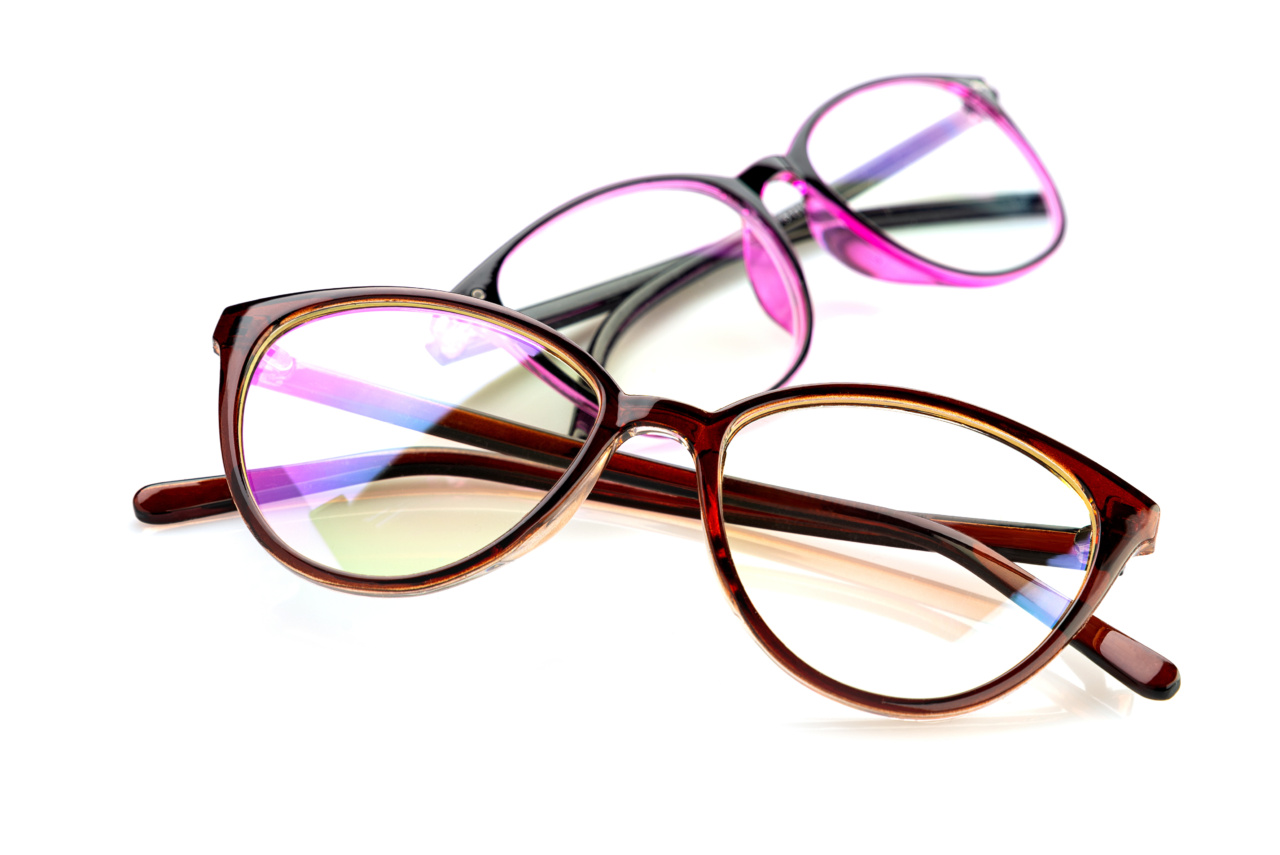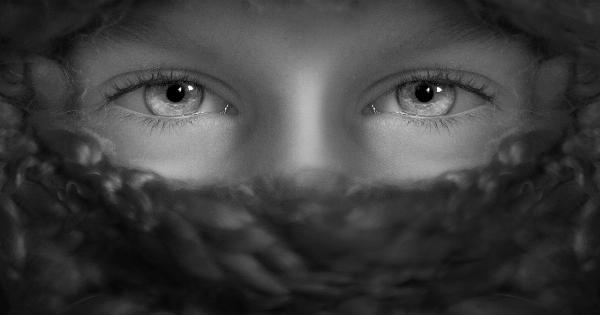In today’s fast-paced world, where screens dominate our lives and our eyes are constantly exposed to artificial blue light, the need for corrective lenses has become more prevalent than ever before.
While many people are aware of the common symptoms that indicate the need for glasses or contact lenses, such as blurred vision or difficulty focusing, there are some less obvious signs that can also reveal if corrective lenses are necessary. In this article, we will explore these unforeseen frames that offer valuable insights into whether you may need corrective lenses.
1. Frequent Headaches
Do you find yourself experiencing frequent headaches, especially after prolonged periods of reading, using screens, or engaging in visually demanding activities? If so, it could be a sign that your eyes are working overtime to compensate for visual refractive errors. When the eyes strain to focus, it can lead to eye fatigue and tension headaches. Consulting an optometrist and getting your eyes examined is essential to determine if corrective lenses can provide relief.
2. Eye Fatigue and Dryness
If your eyes frequently feel tired, strained, or dry, even after having enough rest, it may be a sign that your eyes are struggling to see clearly. Poor vision forces your eyes to work harder, leading to eye fatigue and dryness.
Corrective lenses can alleviate this strain, allowing your eyes to focus more easily and reducing discomfort.
3. Squinting or Eye Rubbing
Have you noticed yourself squinting or rubbing your eyes excessively, especially when trying to view objects at a distance or read small print? Squinting is a natural reflex that temporarily improves vision by altering the shape of the eye and allowing certain rays of light to enter the eye more accurately. However, if you find yourself squinting frequently, it may indicate a need for corrective lenses to enhance your vision.
4. Eye Strain During Nighttime Driving
Driving at night can be particularly challenging if you require corrective lenses. If you experience difficulty seeing road signs clearly or find it harder to judge distances and movements of other cars, it could be due to poor night vision.
Vision problems like nearsightedness, farsightedness, or astigmatism can be exacerbated by low lighting conditions. Wearing glasses or contact lenses that correct these issues can significantly improve your nighttime driving experience.
5. Double Vision
Double vision, also known as diplopia, occurs when you see two images overlapping instead of one clear image. This condition can be caused by a misaligned eye, muscle weakness, or underlying medical conditions.
Double vision can occur at various distances and may disappear when you cover one eye. If you frequently experience double vision, it’s crucial to consult an eye care professional to determine the cause and explore the potential need for corrective lenses.
6. Difficulty Adjusting Between Near and Far Distances
If your eyes struggle to transition between near and far distances, it may be a sign of refractive errors. For instance, presbyopia is a common condition that affects the eyes’ ability to focus on close-up objects, often experienced with age.
Additionally, other refractive errors, such as myopia or hyperopia, can also impact your eyes’ ability to adjust between these distances smoothly. Corrective lenses, such as multifocal glasses or bifocal contact lenses, can help you regain clear vision at all distances.
7. Tilted Head or Unusual Posture
Observing the way someone positions their head or body while performing visually demanding tasks can provide insights into potential eye issues.
If someone consistently tilts their head or adopts unusual postures, it could indicate an attempt to compensate for vision problems. For example, tilting the head to the side may be an attempt to align the eyes in a way that reduces the effect of a refractive error.
If you notice such behavior in yourself or others, it’s advisable to schedule an eye exam to determine if corrective lenses can improve your visual comfort and alignment.
8. Impaired Color Vision
If you have difficulty distinguishing between certain colors or notice that colors appear less vibrant than they used to, it may be an indication of color vision deficiency.
This condition is often hereditary, but it can also occur due to certain eye conditions or medications. While corrective lenses cannot typically correct color blindness, they can enhance color contrast and make it easier to differentiate between certain hues.
9. Persistent Eye Rubbing in Children
Children who frequently rub their eyes or complain of blurry vision should undergo a comprehensive eye examination. Often, these behaviors can indicate the presence of refractive errors or other eye conditions that can benefit from corrective lenses.
As a parent or guardian, remaining attentive to such signs and addressing them promptly can help children achieve optimal visual development.
10. Family History of Vision Problems
Family history plays a significant role in determining your predisposition to various eye conditions.
If your parents, siblings, or other close relatives have been diagnosed with refractive errors or other visual impairments, there’s a higher likelihood that you may also experience similar issues. Regular eye exams are especially crucial for individuals with a family history of vision problems, as early detection can allow for timely intervention and the potential use of corrective lenses.
Conclusion
While many people associate the need for corrective lenses with common symptoms like blurred vision or difficulty focusing, these are not the only signs to pay attention to.
Frequent headaches, eye fatigue, squinting, double vision, difficulty adjusting between distances, and unusual postures can all indicate a need for corrective lenses. Impaired color vision, persistent eye rubbing in children, and a family history of vision problems are also valuable factors to consider.
If you experience any of these unforeseen frames, it’s crucial to consult an optometrist for a comprehensive eye examination. Corrective lenses can significantly improve your visual comfort, enhance your daily functionality, and protect your long-term eye health.




























